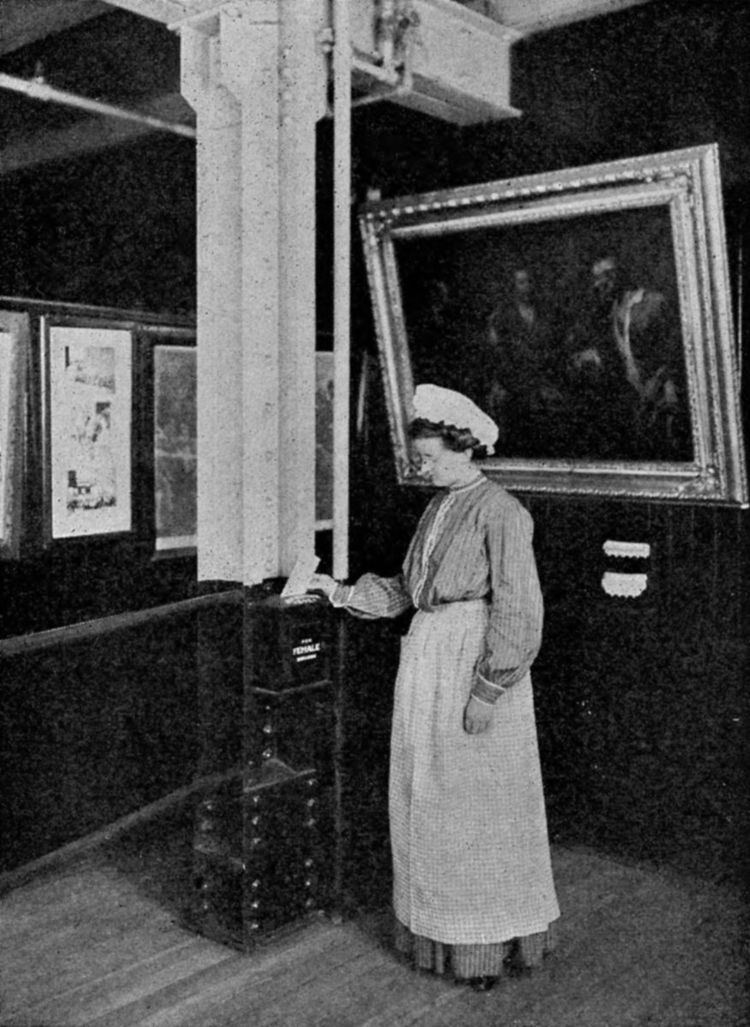 | ||
A suggestion box is a device for obtaining additional comments, questions, and requests. In its most basic and traditional form, it is a receptacle with an opening, not unlike an offering box or voting box. The box is used for collecting slips of paper with input from customers and patrons of a particular organization. Suggestion boxes may also exist internally, within an organization, such as means for garnering employee input.
Variations on this method include paper feedback forms which can be sent via postal mail, such as the "We value your input" or "How was the service today?" cards found in some restaurants; solicitations to provide comments over the telephone, such as a voluntary survey at the end of a transaction with a call center, or even an invitation on a printed store receipt to call and complete a customer satisfaction survey (sometimes offered with a product discount); or the placement of feedback forms on an institution's website.
Including mechanisms for customer comments beyond an ordinary point of service has several benefits. Suggestion boxes provide some degree of detachment (or sometimes, especially with computer-mediated communication, complete anonymity) from the person or service that a customer may be critiquing, and may therefore yield more frank and open feedback, thereby providing greater opportunities for obtaining accurate market research data and improving customer relations.
The internal routing of comments within an organization may also provide those without direct contact with customers a realistic appraisal of the quality of customer care being given. The external routing of responses to received suggestions, such as by posting responses to questions and requests on a physical or virtual bulletin board, may also help educate consumers and improve a company's image and customer loyalty.
Modern versions
The physical box, as a post box, was replaced by electronic places or addresses; like postal service systems replaced, in the 2000s, by e-mail systems. But the traditional function, "obtaining additional comments, questions, and requests", still exist as demand: collecting information with input from customers and patrons of a particular organization, or means for garnering employee input.
In some contexts the modern suggestion box is a web page with a (anonymous) form, or a simple email address (ex. to an audit department). In other contexts, it turned into a complete tracking system, named Issue tracking system, which allows the following main features (that was impossible with the old classic suggestion boxes):
Gathering employee suggestions with a suggestion box can also be fruitful, especially in groupthink-prone environments and within a corporate culture that adheres to a "shoot the messenger" mentality. However, as with the use of anonymous suggestion forms from the public, allowing unsigned comments may sacrifice accountability and make the feedback system prone to abuse.
Recording received suggestions in a robust database can help track any trends. Bugzilla, for example, an open system where bugs and feature requests can be logged for a particular computer program, is a popular example of what could be called an enhanced suggestion box.
While some systems keep suggestions private, some systems make suggestions public, allowing other people to endorse the suggestion rather than creating a similar one. This voting system allows organizers to quickly see what is most suggested.
